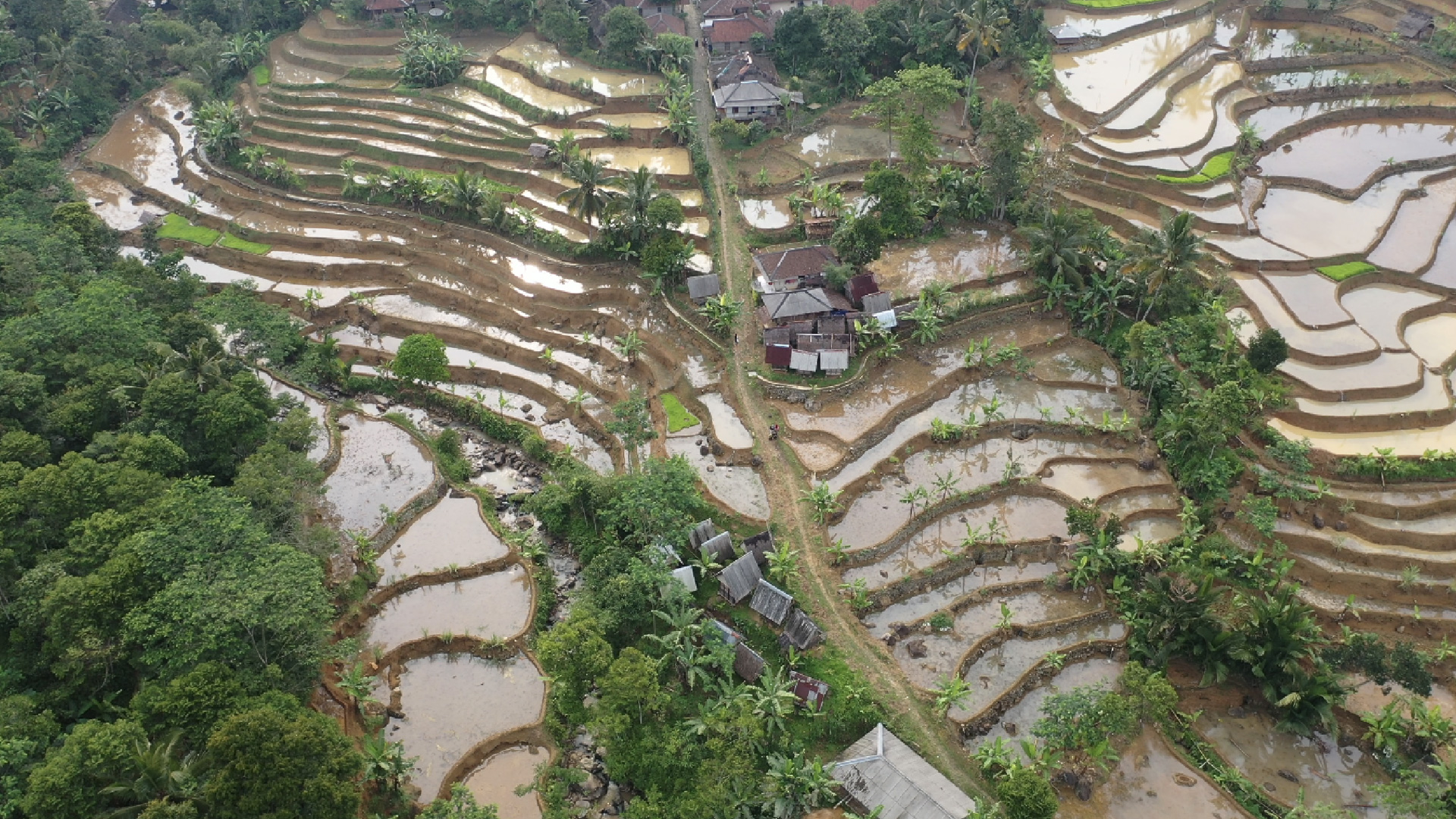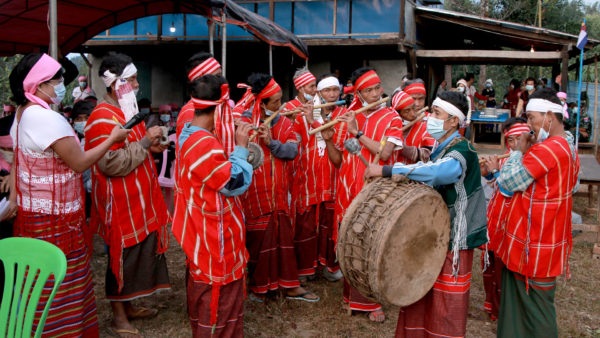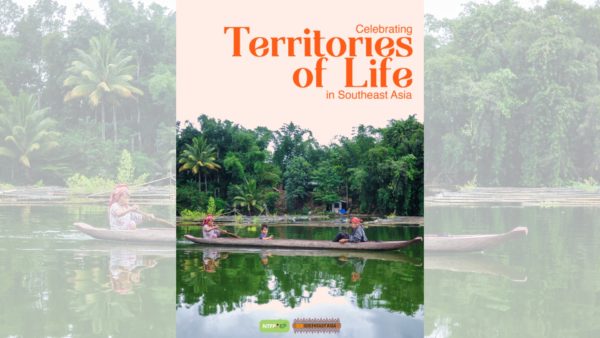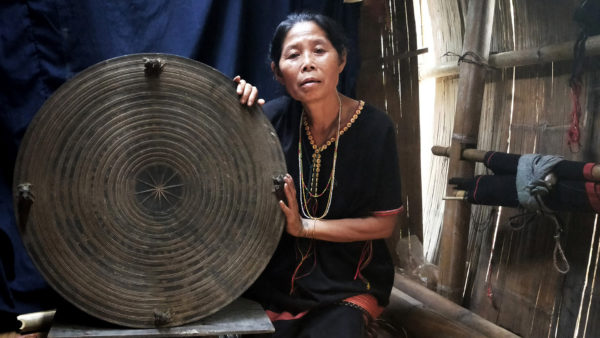For territories to continue sustaining communities, the ecological integrity of these lands and waters must be intact
First published on 08/18/2023, and last updated on 11/11/2023
Written by Maria Tanya Conlu (Honorary Member, ICCA Consortium; and the editor of Celebrating Territories of Life in Southeast Asia report)
Note: This article is from the recently published report “Celebrating territories of life in Southeast Asia.” The text has been edited for the ICCA Consortium website.
What makes ICCAs living territories? Forests and coasts are not only areas where communities live, but thrive. For Indigenous communities, land is life. It provides sustenance, livelihoods and other ecosystem services. Their lands and waters contain food, medicine, sources of income and building materials, among others. While this gives them strong motivation for protecting their land and biodiversity, their connection with the land goes beyond sustenance and monetary benefits, and dates back to time immemorial. Indigenous territories are linked to their sacred rituals, their language, their very cultural identity. With traditional knowledge passed down from their ancestors, Indigenous Peoples manage their natural resources sustainably through customary laws which encompass zoning, ownership, harvest practices and other land uses.
Indigenous communities throughout Southeast Asia are very diverse, yet through the evolution of centuries, some practices are similar, following the logic of nature. Examples of practices that can be found in different Southeast Asian countries are rice terraces farming in mountainous areas, establishment of fire lines, respect for ownership of marked trees for harvesting, and protecting or creating habitats for juvenile fishes. Recently, we discovered that they have traditional lockdown practices when there is widespread disease, such as the Covid-19 virus which became a pandemic.
For territories to continue sustaining communities, the ecological integrity of these lands and waters must be intact. Issues facing the sustainability of Territories of Life are numerous, both external and internal. Indigenous lands and waters are always under threat of takeovers, particularly when security of tenure is weak or absent. Non-recognition of governments of the rights of Indigenous Peoples over their territories impede on traditional systems in place, and cut off communities from their resources. Many commercial interests have their eyes on rich Indigenous lands, either for large-scale resource extraction such as logging and mining; for infrastructure development such as dams, roads or residential subdivisions; or for tourism.
At a smaller scale, there are encroachers who do not use sustainable farming or harvest practices and do not respect customary laws. Even when ICCAs remain intact and undisturbed, the areas around it may be subject to changing land uses, which will still affect ICCAs and livelihood resources. Land conversion and the resulting loss of some species important to a community may mean the loss of several words in their language, of several harvesting and preparation practices, and entire traditional festivals or ceremonies altogether.
There are also internal challenges, such as disintegrating governance structures that impose traditional rules, and the loss of traditional knowledge when the youth have shifting interests and no longer know the ways of the land. There is also the challenge to Indigenous Peoples about the sustainability of some of their practices, which may have been viable in the past when there were small populations, but even the elders have acknowledged they have to adapt to their increasing numbers, especially if external factors have already limited or degraded their resources.
All this is compounded by the effects of climate change to land, water, and resources. Climatic changes have affected flowering and fruiting patterns, which affects harvesting and gathering of food and other forest resources on which communities are dependent. Typhoons, which have become stronger and more frequent in the last decade, destroy not just sources of livelihoods but also properties and even lives.

This chapter highlights how ICCAs surpass some of these challenges, and how communities sustain their territories by caring for it and ensuring that their management of resources is sustainable. This is mostly done through traditional practices, enforced through traditional systems of governance. Five stories from different Southeast Asian countries talk about wild foods, medicinal plants, fishing practices, forest and water management, and the emerging role of the youth in keeping their culture alive.
The Adat Dalem Tamblingan in Bali, Indonesia, is a story of resistance to the pressures of the tourism industry. It tells of how the community has maintained the sanctity of their lake, even as neighboring lakes have already opened up to tourism activities which contradict traditional norms. Despite this resistance, government laws have weakened the community’s governance, resulting in forest and lake degradation. In this narrative, the youth shares their thoughts on the historical importance of maintaining the sanctity of their lake and forest, as they initiate reclaiming it as Customary Forest.
Paw Klo in the Tanintharyi Region of Myanmar is another story of a community-driven initiative that conserves, protects and defends its territory, despite not being recognized by the central Myanmar government. Their territory is not just rich in biodiversity, but also widely known for their herbal medicines and traditional healers. The Karen communities in this area see physical health of humans and health of the environment as intertwined. This makes them persist in protecting their lands amidst the militarization of the nation and all the threats of destruction to their forests that this change brings.
While the youth are at the forefront of regaining and making others appreciate their lands in Tamblingan, another story comes from Palawan, Philippines, about initiatives of the youth in keeping their traditions alive, particularly on wild foods. The Palaw’an youth of Amas have taken the lead in learning and documenting traditional knowledge from their elders, realizing that these will be lost forever if they do not take action. They formed a youth group dedicated to learning and encouraging other young members of their community to take interest in their wild foods, all the more as most of them have to eventually leave their communities due to the lack of educational facilities and job opportunities. Despite this and the onset of digital gadgets and fast food, the youth’s enthusiasm and conviction that wild foods should not be lost is strong, and they are calling on the youth of other Indigenous communities to join their advocacy.
For the Lundayeh and Sa’ban of the Krayan Highlands in Indonesia, food security is not an issue as they have a thriving agricultural system for wet rice based on local knowledge, a strong bond with their environment, and centuries of adaptive management, making them resilient to climate change and other events.
In Vietnam, the Co Tu people have deep attachment to the Truong Son forests which they have inhabited and conserved for centuries, but the laws in the country decree that all natural forests are owned by the state. This has resulted in limited access to resources, affecting their livelihoods. However, their state government has seen how they protect their forest effectively and how their harvest practices are sustainable, making them the best custodians of the area. Collaborative management strategies were explored by the state government recognizes their traditional practices and even lobbied for the Co Tu to lead the management of their forests.
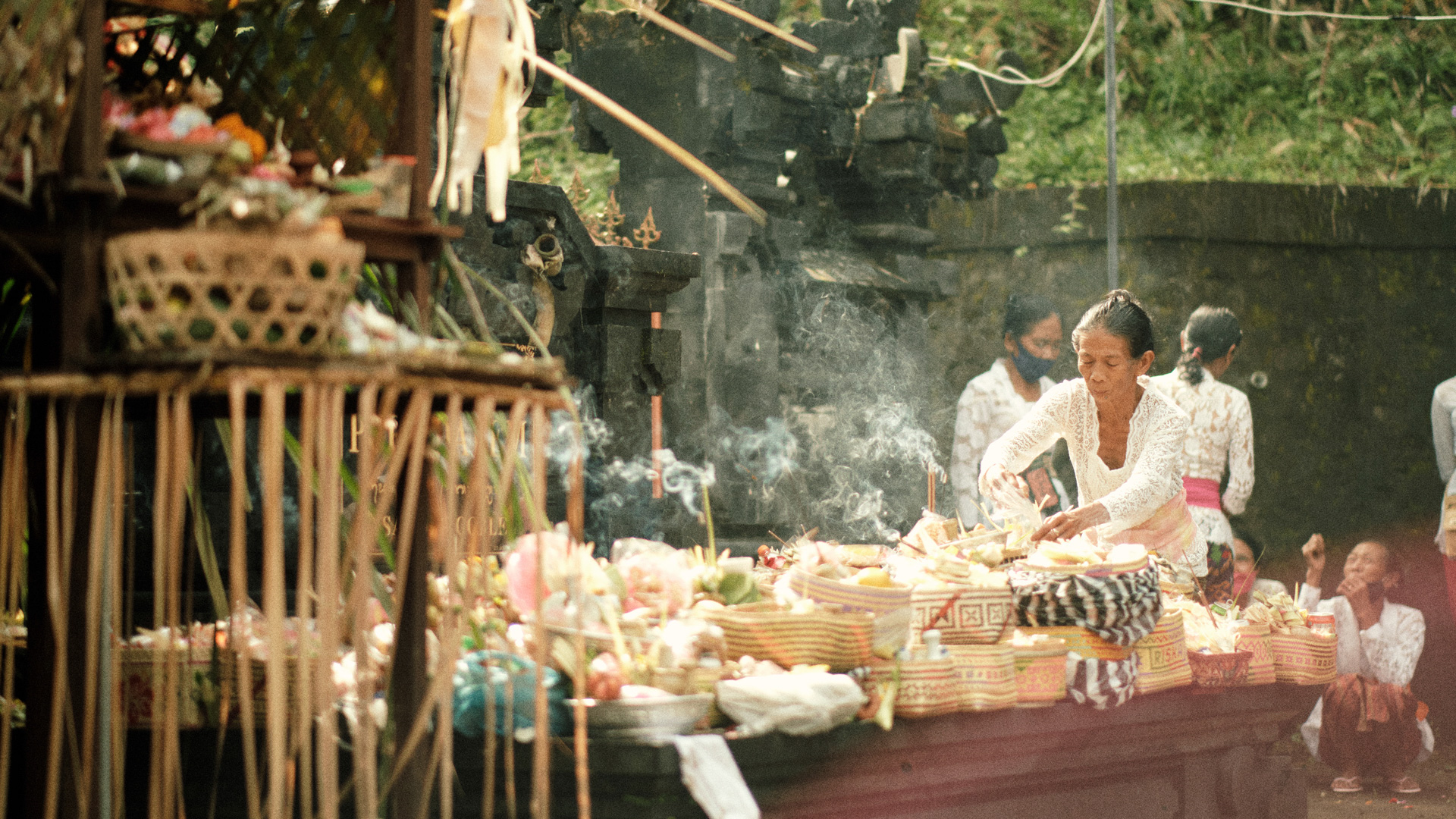
In a different context but with similar intentions, the Malaysian government made a move to protect the Lower Kinabatangan-Segama Wetlands in Sabah by turning it into a protected area, but inadvertently excluded its traditional owners, the Suluk, as there was then no mechanism yet for ICCA recognition at that time. The Suluk of Mumiang estuary have an intricate traditional knowledge of their natural environment and have reinforced their collective ownership of their coastal resources through traditional protocols and effective management initiatives. This led to the development of the area as a Locally Managed Marine Area (LMMA).
There are many examples of traditional beliefs and practices that contribute to conservation and even enrichment of ecosystems, from the sustainable honey harvesting of the Samawa of Sumbawa, Indonesia to the tagal and renggas fisheries systems of Indigenous Peoples in Malaysian Borneo, to the bertas zoning of the Palaw’an in the Philippines, to the still-controversial swidden farming in several countries. Although some governments such as in Malaysia and Vietnam are not ready to relinquish governance to Indigenous communities, huge steps have been taken towards shared governance in the case of the Suluk of Sabah, and co-management in the case of the Co Tu of Quang Nam.
Having sustainable livelihoods is important for community wellbeing, and this is achieved when it can cope with and recover from stresses and shocks and be able to maintain or even enhance its capabilities and assets without depleting its resources.[1] There are many more outstanding examples of territories sustaining communities and communities sustaining territories, and many more stories of traditional management and harvest protocols that are effective in conserving resources. The next five cases in this chapter illustrate only a few and is a sampler of the rich and diverse traditions throughout the region.
[1] Chambers, R. & Conway, G. (1992). Sustainable rural livelihoods: practical concepts for the 21st century. Institute of Development Studies
